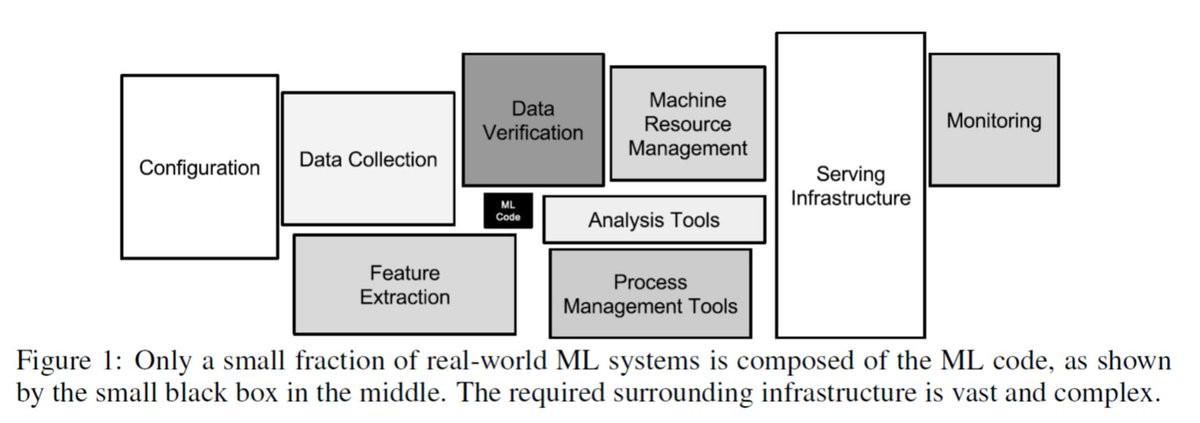Continuous intelligence has been identified as an emerging trend, but what exactly is it and why is it important? In this post we explore the benefits and also some challenges when it comes to implementation.
What is continuous intelligence?
According to Gartner, more than half of major new business systems will incorporate continuous intelligence within the next two years. Organisations adopting this will combine their historical data with real-time contexts to improve decision-making and ultimately their interactions with customers and employees. But what is continuous intelligence, and what does it enable organisations to do?

Continuous intelligence is a design pattern in which real-time analytics are integrated within a business operation, processing current and historical data to prescribe actions in response to events. It leverages multiple technologies such as augmented analytics, event stream processing, business rule management and machine learning in order to provide decision automation or decision support.
Put another way, it means removing any friction points in the intelligence cycle, starting from collecting the data, analysing it to find insights, designing and developing experiments, through to the deployment and integration of AI and ML into production systems.
Driving the rapid adoption of this paradigm has been the emergence of the enabling technologies, as well as the rise and adoption of practices such as MLOps and DevSecOps.
What are the benefits?
In a constantly changing world, a continuous intelligence based approach allows organisations to keep the pulse of the market, adapt quickly to the environment, and make informed decisions based on insights as they are developed. This is in stark contrast to the traditional business intelligence cycle.
When the decision-making systems are infused into the business processes that activate them, continuous intelligence can enable organisations to personalise their customer interactions, streamline operations, proactively fix issues before they arise, and ultimately improve company performance. We call this return-on-data, whereby the data that an organisation invests resources to collect and store is activated to generate positive returns.
The global pandemic has caused drastic changes in consumer and employee behaviour which has, in many respects, forced digital transformation upon organisations. A recent MIT Technology Review article outlines some examples of these sudden changes and cases where machine learning models trained on normal behaviour before the outbreak needed to be either retrained or adjusted through human intervention.
One such example is that of the sudden shift in search and purchasing behaviour in mid-April, where Amazon’s usual top ten (phone cases, phone chargers, Lego) were completely replaced by COVID related products (toilet paper, face masks, hand sanitiser, paper towels) in just a few days. Nozzle, a London-based consultancy specialising in algorithmic advertising for Amazon sellers, captured the rapid change in the below graph.
 Source: Our weird behavior during the pandemic is messing with AI models by Will Douglas Heaven
Source: Our weird behavior during the pandemic is messing with AI models by Will Douglas Heaven
Another example cited is that of fraud detection systems that have been trained to detect anomalies in purchasing behaviour. Consumers are still purchasing on Amazon and subscribing to Netflix as before, but are not buying big-ticket items or are spending in new places. In normal circumstances, these are behaviours that would raise suspicions. David Excell, founder of Featurespace, a behaviour analytics company that uses AI to detect credit card fraud spoke of the need for human intervention to adjust for a surge in people buying garden equipment and power tools, as these are the kinds of mid-price anomalous purchases that fraud-detection algorithms might pick up on.
What are the challenges in implementation?
There are various issues that span across people, process and technology that are present in most organisations. These issues can impair projects and slow down the cycle time, or even completely block projects in the case of a required capability being non-existent in the organisation.
At a technology level, the modern systems needed will almost always introduce new components and therefore increase the technical complexity of the overall platform architecture. This then means that new skills are needed in the teams that are building and maintaining these systems, and new practices to guide how they operate. At a minimum, a model deployment platform is needed in order to deploy machine learning models, as well as event-based streaming infrastructure for some use cases.
The seminal paper hidden technical debt in machine learning systems outlined the importance of the surrounding infrastructure in machine learning systems, noting that the model itself is only a small piece of what is needed in a scalable production system.

Technology aside, perhaps the fundamental challenge to overcome is that enablement requires that all teams (data engineering, ML engineering, data science, subject matter experts, operations, etc) to work in a collaborative fashion, and not in the siloed way that is most common. Clearly, this type of cultural change will be a journey and made more difficult by the fact that the maturity levels across the teams will inevitably be varied.
What is needed to enable continuous intelligence?
There are a few areas worth mentioning when it comes to enablement that are specific to the domain and thus likely to already exist at any level of maturity.
Governance Programs
There are several distinct domains that a governance program will need to oversee.
- Data Governance - Poor data governance not only leads to poor data quality, it also means that finding and accessing data can be difficult which impacts every stage from analysis through to deployment, not to mention the downside risks of data breaches.
- Model Governance - As more and more models are deployed, organisations need to track which model versions are actually in production, and monitor the performance of each model to ensure that they are not resulting in unexpected outcomes.
- Experiment Governance - As multiple experiments are conducted, there is an increasing chance that they may impact each other. Additionally, in order to scale, hypotheses, outcomes and insights need to be documented and shared to avoid replication and waste.
AI/ML Ethics Framework
As AI and ML models increasingly automate decision-making, there is an ever increasing need for ethical frameworks in the design, development and monitoring of these systems. The question is “should we do this?” rather than just “can we do this?” and once it is decided to do something, the question is then “how do we do this safely”? An AI ethics framework to guide decision makers and practitioners, and a culture of ethical AI within a data driven organisation is a fundamental requirement for organisations adopting continuous intelligence.
Experimentation Framework
After launching a new initiative, how do you know that it is working? This is where controlled experiments that provide a numerical comparison between a set of people having one experience or intervention is made with another receiving a different experience can be used to scientifically determine the answer.
Continuous intelligence through contextual bandits
One way to enable continuous intelligence is through the use of contextual bandits. The advantage of this approach over traditional supervised learning is that the contextual bandit learns iteratively by interacting with the user population and observing the resulting response. Also, unlike traditional experimentation, the user context allows the bandit to predict the best option for each user, not just the best option overall. Our previous blog post covers the conceptual underpinnings of how contextual bandits enable continuous intelligence.
Conclusion
Continuous intelligence represents a major opportunity, but also a major change in the way most teams have typically been operating. There are large benefits to be gained, but also significant challenges to overcome on the enablement journey. However, it is more evident than ever that organisations must embrace the rapid rate of change and evove in order to stay ahead of the pack from a digital transformation perspective.
